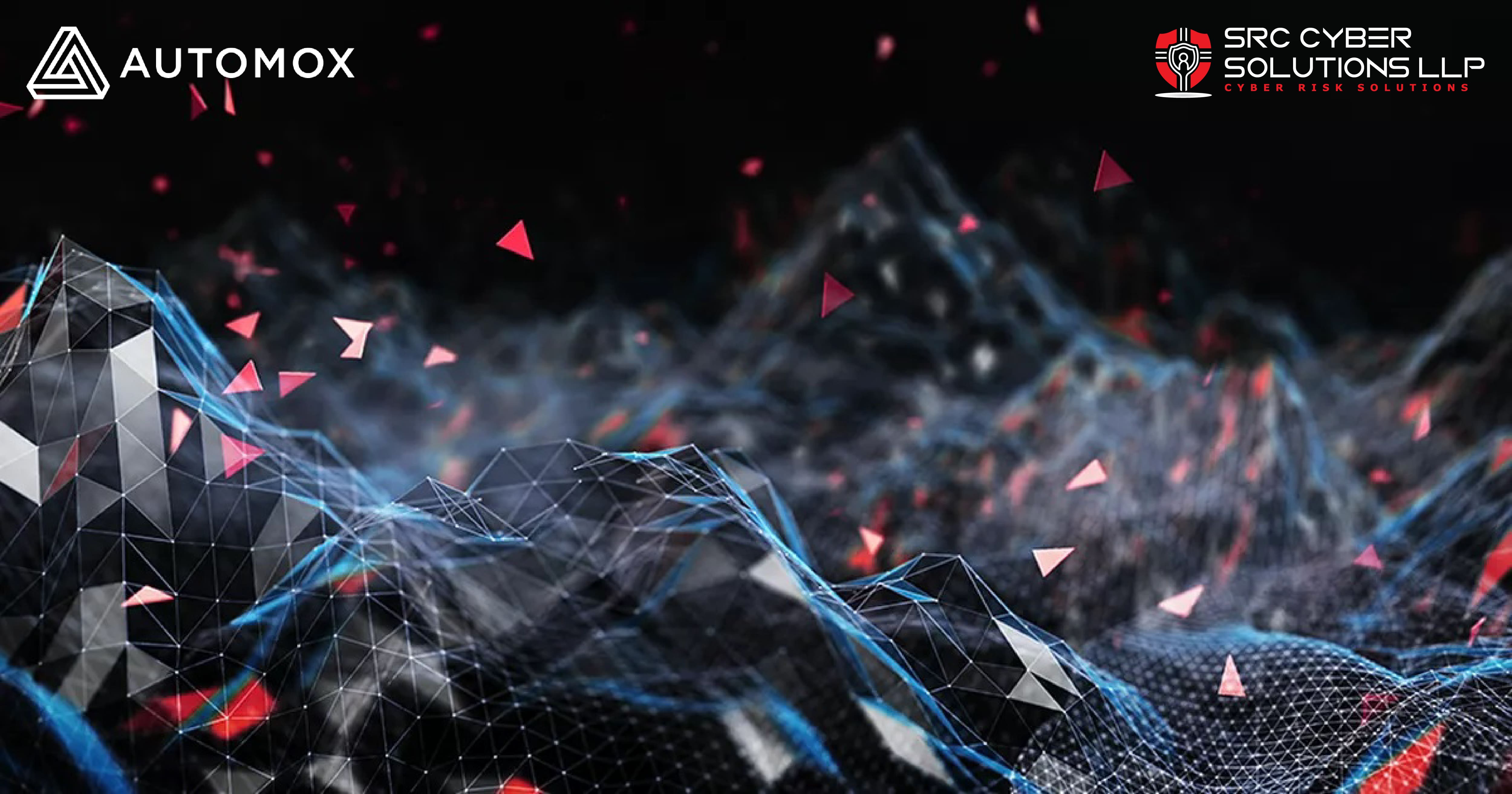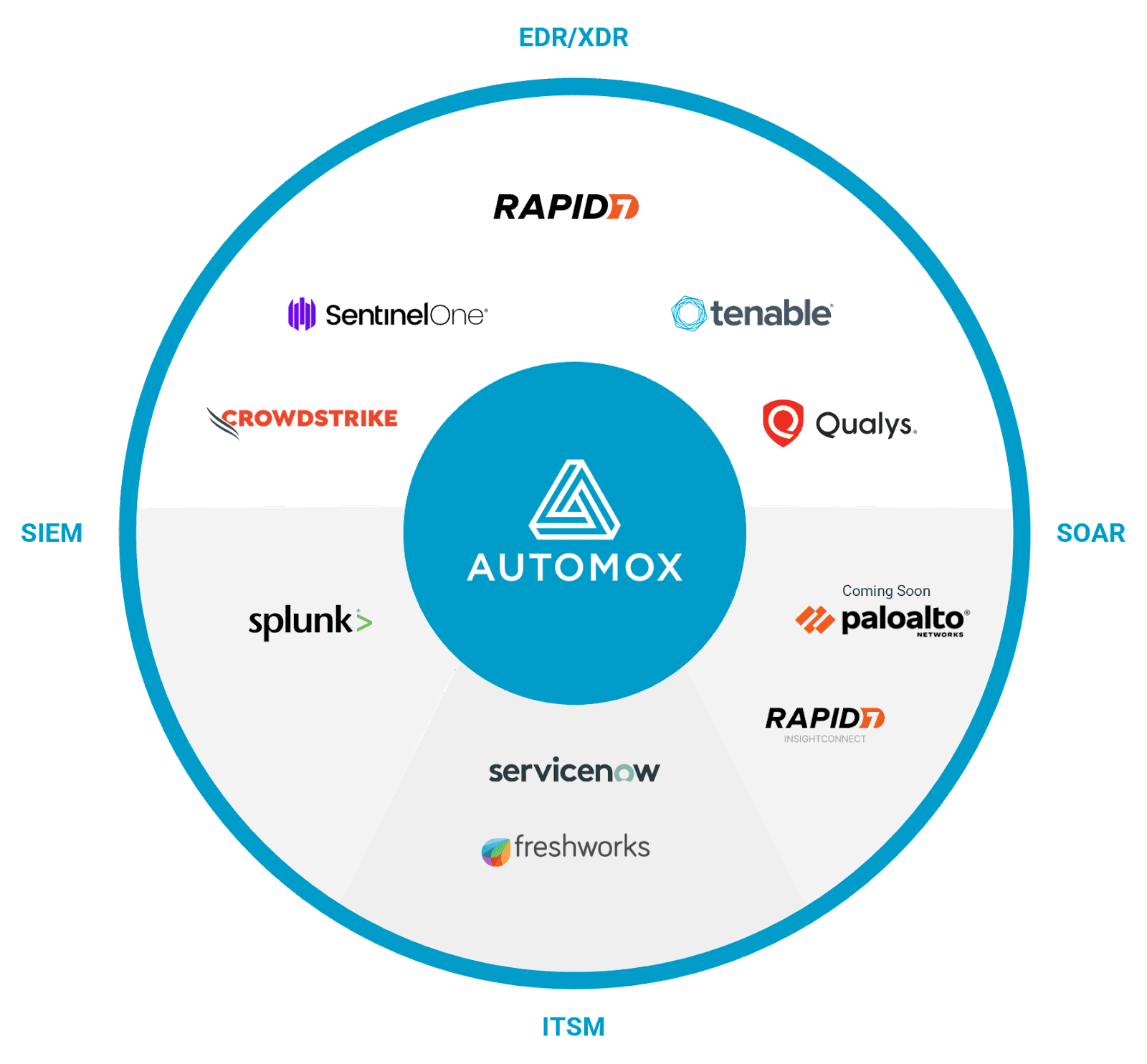
Three Ways to Slash Cost & Complexity in Your IT Organization
How much did you spend on IT last year? And how much more do you plan on spending this year?
Technology initiatives have become a top priority for many companies to better prepare for dynamic and complex hybrid workforces. Enhancing infrastructure helps prevent cybercrime and strengthens businesses’ value chains as the formerly pandemic-hobbled economy finds a new normal.
Gartner predicts global IT spending will total over $4.5 trillion this year, growing 5.1% percent over 2021. And that growth will continue in 2023, adding another 5% to almost $4.7 trillion spent on technology.
That's an awful lot of data center systems, software, and services.
Worldwide IT Spending Forecast (Millions of U.S. Dollars)
 Source: Gartner (January 2022)
Source: Gartner (January 2022)But all that growth in technology investment doesn’t necessarily improve business outcomes. Every CIO, CTO, and IT operations manager faces tough challenges. Administrative costs to install, learn, and maintain all that tech can be huge. Then there’s the complexity of linking all those software platforms to play nice with each other.
Complexity almost always causes an increase in overhead costs and a potential loss of productivity – especially when there are deployment or integration issues.
Every new and existing data center system must be managed and configured. Every new and existing installation of enterprise software must be upgraded, patched, and secured. Plus, IT services need to be managed, so staff is efficient and has the tools necessary to perform all tasks.
How exactly does an IT or financial manager reduce their ever-growing tech investments? And how can they better prepare for a robust technology estate that doesn’t generate more complexity?
Lowering costs across the board doesn’t work. You can reduce your IT costs to zero, but you’ll likely go out of business (since IT is the backbone of every modern organization). Or you can buy elementary technology, but you’ll be left with tools that don’t improve efficiency or grow along with the company.
Let's look at the best ways to slash costs and maintain a less complex environment.
1. Choose your operations platform wisely
Our workforce has changed dramatically in just the last two years. A global pandemic forced the roles that could transition to remote work into spare bedrooms, basements, and kitchen tables. But this newly minted remote workforce created a stream of new challenges.
Now, outside a corporate firewall, tens of thousands of remote workers dramatically increased the cybercrime attack surface. Datacenter systems and software still needed maintenance, often with legacy on-premises tools designed for office-bound IT teams. And access to corporate systems now requires access through virtual private networks (VPNs), adding another layer of complexity with the associated software licensing costs and additional maintenance.

Coupled with hundreds or even thousands of new office “locations,” it's no wonder why a remote workforce using legacy systems saw a significant increase in support costs and complexity, with IT teams that could no longer be “hands-on.”
However, many proactive organizations leveraged their dynamic and dispersed workforce as a competitive advantage. They invested in cloud-native solutions with zero infrastructure to manage, doing away with legacy constraints by choosing their cloud platform wisely.
So, what does a platform designed for the modern workforce look like? To begin, it has a genuine, cloud-native architecture. Many “cloud” tools are more accurately described as “cloud-hosted.” You can learn more about this distinction in the blog “Cloud-Native vs. Fake Cloud: What You Need to Know to Make the Best IT Operations Decisions.”
Also, this solution for the modern workforce is elastic and extensible. It can scale and grow to meet the needs of any organization as its requirements and use cases change.
Specifically, cloud-native is an on-demand, elastic, multi-tenant service, accessible anywhere from any device – and with measured and monitored usage.
Automox makes it easy to choose a cloud-native solution built for a modern workforce. You can configure endpoints, patch systems, and remediate vulnerabilities on any Microsoft Windows, Linux, or macOS computer, anywhere.

Automox also enables ITOps and SecOps teams to have complete visibility of their entire hardware and software estate in one console. All endpoints are accessible without the limitations or overhead of VPN connections, reducing the cost and complexity of administrative overhead.
2. Harness the power of automation
Today’s IT teams need to respond promptly to routine requests like software installations. They must enforce company policies for endpoint and server configuration. And when software vulnerabilities are detected, they have to meet SLAs by responding within vendor recommended timeframes.
Unfortunately, there are only so many cycles in a day for the work on an IT teams’ plate. Furthermore, unforeseen events such as cyberattacks or vendor software audits can be highly disruptive.
The key to ensuring IT teams are more effective is leveraging tools that automate the crushing manual tasks that get in the way of more productive work.
One way to harness the power of automation is by using Automox Worklets™. Worklets empower security and ITOps to create, automate, and enforce almost any custom task.
The applications for Worklets are virtually limitless. Use them to simplify endpoint management at scale by applying configurations to devices that don’t connect to the corporate network or aren’t in Active Directory. A Worklet can remove the hassle of dealing with endpoint permissions or automate patching vulnerabilities.
Here are some common use cases for Automox Worklets that help slash your costs, reduce the complexity of IT management, and help you take your time back:
-
Apply software updates to a targeted subset of your IT estate
-
Enforce standardized endpoint configuration that lowers support costs
-
Remove unauthorized software to reduce the cost of shadow IT
-
Ensure you meet compliance benchmarks (like those published by CIS®, the Center for Internet Security)
-
Improve your security posture by disabling USB ports and remote login capability
3. Leverage powerful solutions
It’s impossible to find a piece of clothing to wear anytime for any occasion. While many people have small wardrobes, most have casual clothing for weekends, more professional work items, and formal wear for special occasions. Wear a tank top to a job interview or a tuxedo to a pool party and see how well you fit in.
The same principle rings true with enterprise technology. Some products claim to do everything. But do they? The “do everything'' tech solution, especially software, is often built through acquisition. In other words, a vendor acquires another company in hopes of integrating their products and cross-selling to the new customer base.
So that single “tool” that provides vulnerability management, service management, asset management, endpoint detection, software license management, and security capabilities may look great on paper. But isn’t it like a Swiss army knife where the tools work in a pinch but aren’t what you’d use to do “real” work?
A far better approach is finding a solution with extensible architecture and APIs so it can easily integrate with various systems and software. Truth be told, built-in integrations and interoperability with other powerful tools can help reduce complexity and cost.
Automox has pre-configured integrations with leading partners, including ServiceNow, Rapid7, Freshworks, Splunk, and more.

Finally, understanding your true cost of ownership is a vital step towards getting maximum value from your technology investments.
Remember, the actual cost goes far beyond purchasing systems, network equipment, software, and cloud services. Also, cost can include implementation expenses, engineering work for integration, training, and support fees. And don't forget to factor in opportunity costs, which you incur while transitioning to the new technology investments.
-
How can I learn the difference between real cloud and fake cloud?
-
How can we enhance remote workforce productivity?
-
How can we take our time back at work?
Automox for Easy IT Operations
Automox is the cloud-native IT operations platform for modern organizations. It makes it easy to keep every endpoint automatically configured, patched, and secured – anywhere in the world. With the push of a button, IT admins can fix critical vulnerabilities faster, slash cost and complexity, and win back hours in their day.